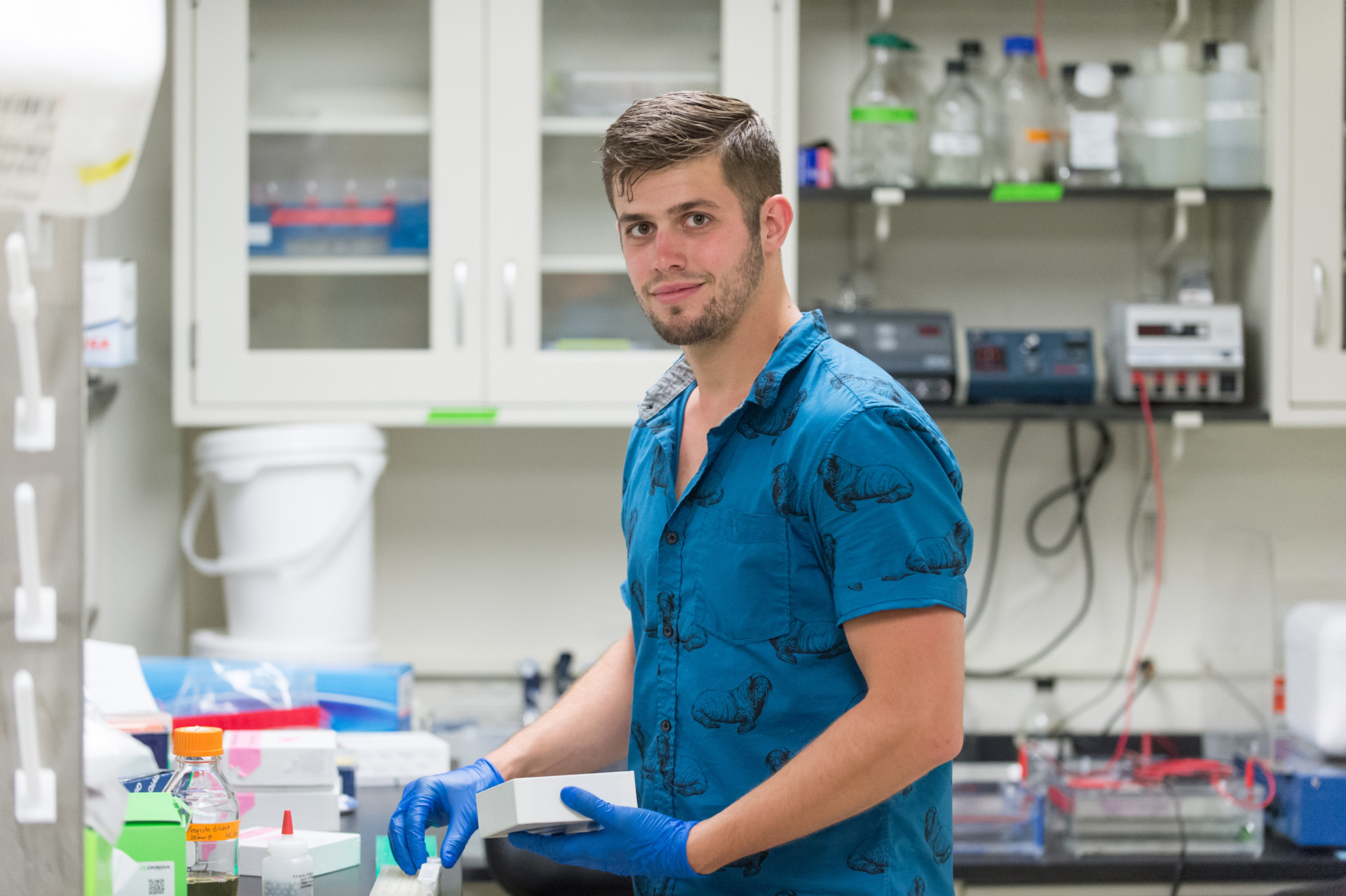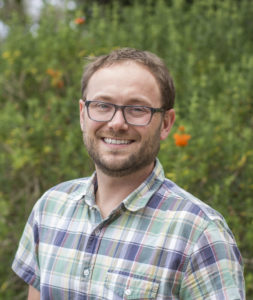
CSU’s Joseph Fauver is a co-author of a study that explains how Zika virus entered the U.S. through Florida in 2016.
With mosquito season looming in the Northern Hemisphere, doctors and researchers are poised to take on a new round of Zika virus infections.
A new study by a large group of international researchers explains how Zika virus entered the United States through Florida in 2016, and how it might enter the country this year.
The study was led by scientists at The Scripps Research Institute in San Diego. Nathan Grubaugh, Colorado State University alumnus and a postdoctoral fellow at Scripps in the Andersen Lab, is the lead author of the study. Joseph Fauver, who recently completed his doctorate in microbiology at CSU and works in the Ebel Lab, is a study co-author.
By sequencing the virus’s genome at different points in the outbreak, the researchers created a family tree showing where cases originated and how quickly they spread. They discovered that transmission of Zika virus began in Florida at least four — and potentially up to 40 — times last year. The researchers analyzed travel data and also traced most of the Zika lineages back to strains of the virus in the Caribbean.
Fauver said one of the major points from the study is that when mosquito populations are reduced, the team saw reductions in the spread of Zika virus. The study underscores the importance of sound mosquito control efforts. “Having quality, routine mosquito surveillance and control programs are crucial for decreasing outbreaks,” said Fauver.
He was tasked with analyzing data to determine the number of Aedes aegypti mosquitoes — the main carriers of Zika virus — present in traps used for the research project. He also calculated Zika virus infection rates in these same mosquitoes.
Infectious Disease Symposium
CSU is hosting an infectious disease research symposium June 7-9. Learn more about “Innovation in Infectious Disease Research: Challenges and Opportunities” on the symposium website. The event will bring together scientists in industry, research institutions and government agencies to discuss critical research needed to thwart global infectious disease.

Researchers said they hope these lessons from the 2016 epidemic will help scientists and health officials respond even faster to prevent Zika’s spread in 2017.
CSU connections
Grubaugh said his CSU connections were instrumental throughout the research project. He completed his doctorate in microbiology last year, and worked in the Ebel Lab, studying the dynamics of West Nile virus evolution.

“My research at CSU focused on the dynamics of West Nile virus evolution,” he said. “Through this work, I gained deep insights into mosquitoes as virus vectors and a range of viruses, which I heavily leaned on to lead our efforts to understand Zika virus spread and evolution in the Americas.”
Kristian Andersen, director of infectious disease genomics at The Scripps Translational Science Institute, is the senior author of the study.
The research was published May 24 in the journal Nature. This was one of three related studies, published simultaneously in Nature journals, exploring the transmission and evolution of Zika virus. A fourth study was also published in Nature Protocols providing details of the technologies used by the researchers.
The study was a collaboration of more than 60 researchers from nearly 20 institutions, including study co-leaders at the U.S. Army Medical Research Institute of Infectious Diseases, Florida Gulf Coast University, the University of Oxford, the Fred Hutchinson Cancer Research Center, the Florida Department of Health and the Broad Institute of MIT and Harvard.
Additional authors are from the University of Miami, the University of Birmingham, St. Michael’s Hospital (Toronto), the University of Toronto, the University of Washington, Tulane University, Miami-Dade County Mosquito Control, the University of Florida, the University of Edinburgh and the National Institutes of Health.
This story was adapted from a news release written by staff at The Scripps Research Institute.